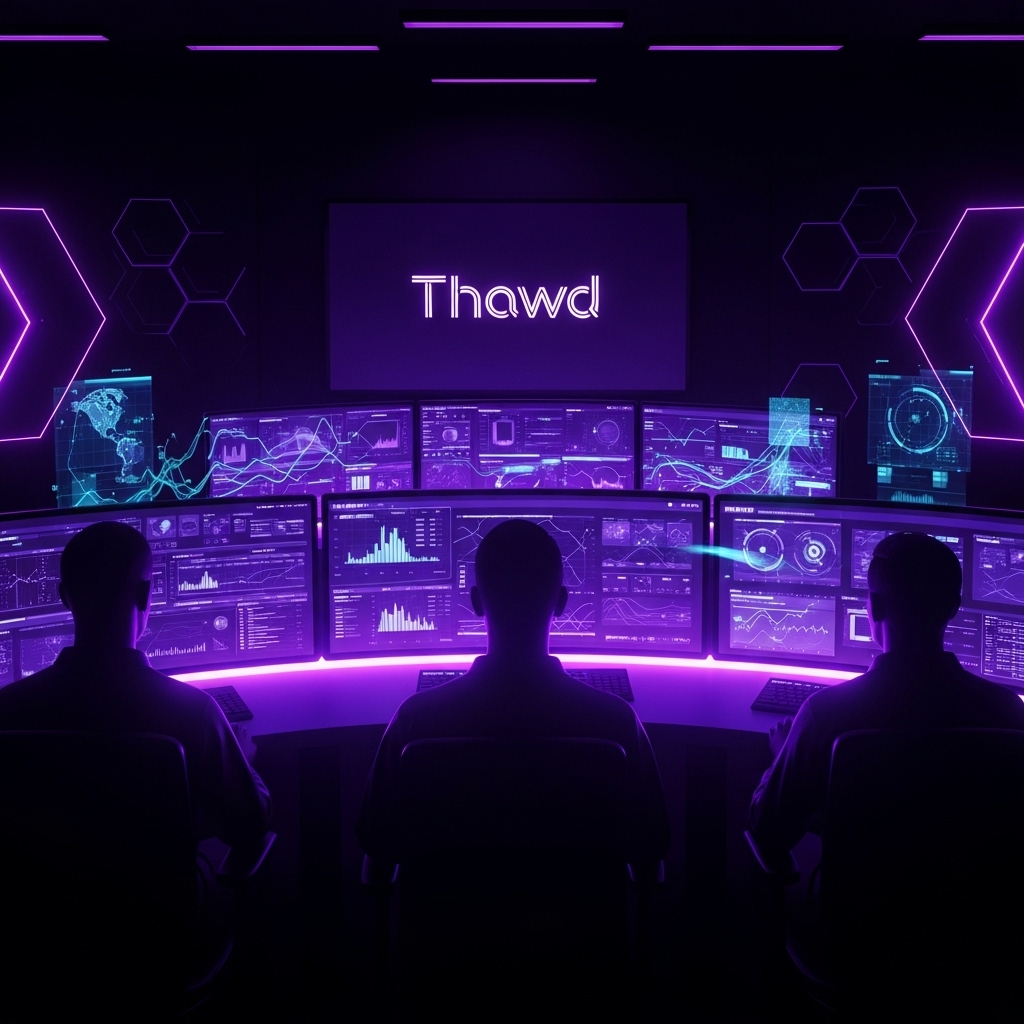In cybersecurity, not all threats are created equal. A generic vulnerability scan might find an unlocked window, but it won't tell you if you can stop a sophisticated thief who specializes in disabling your specific alarm system. To truly measure your resilience, you need to test your defenses against the opponents who are most likely to target you. This is the purpose of adversary emulation.
It’s an advanced form of security testing that moves beyond finding isolated weaknesses and instead answers a much more critical question: “Can we withstand an attack from our actual adversaries?”
Defining Adversary Emulation
Adversary emulation is a security exercise where a team (a Red Team) mimics the specific tactics, techniques, and procedures (TTPs) of a known, real-world threat actor. Rather than using any method to break in, the team is constrained to a specific adversary's playbook, which is built from detailed threat intelligence.
Think of it this way: a standard security test is like asking a general inspector to check a bank for any weakness. Adversary emulation is like saying, “A notorious bank robbing crew is known for using thermal lances to breach vaults. Let’s hire experts to replicate their exact methods to see if our vault can withstand that specific attack.”
How is Adversary Emulation Different from Penetration Testing?
While both are valuable, they serve different purposes.
- Penetration Testing is broad. Its goal is typically to find and exploit as many vulnerabilities as possible in a limited time. The testers have the freedom to be creative and use any tools they see fit. It focuses on finding a way in.
- Adversary Emulation is deep and focused. Its goal is to replicate the known TTPs of a specific threat actor, like a state-sponsored group or a ransomware gang. It focuses on testing defenses against a known and likely attack chain.
The Strategic Value of Adversary Emulation
This intelligence-led approach provides benefits that generic testing cannot.
- Provides a Realistic Measure of Preparedness: By simulating a threat that your organization is likely to face, you get a true, data-driven assessment of your security posture against relevant risks.
- Drives Intelligence-Led Security Improvements: The results highlight the most critical defensive gaps in relation to your specific adversaries. This allows you to prioritize security investments where they will have the most impact.
- Effectively Trains Your Defensive Teams: It gives your Blue Team (the defenders) invaluable, real-world practice in detecting and responding to the very TTPs they need to be prepared for.
The Adversary Emulation Process: A High-Level View
A typical adversary emulation engagement is a methodical, intelligence-driven operation:
- Intelligence Gathering: An appropriate threat actor is chosen based on the organization's industry and geography. The team then gathers detailed intelligence on their TTPs, often leveraging frameworks like MITRE ATT&CK.
- Planning: A detailed attack plan is created, mapping out the sequence of TTPs that will be executed during the exercise.
- Execution: The Red Team executes the plan, carefully sticking to the chosen adversary's known behaviors.
- Analysis and Improvement: The results are analyzed to identify what was detected, what was missed, and why. This feedback is used to tune security controls, create new detections, and improve response procedures.
Conclusion
Adversary emulation is the hallmark of a mature security program. It elevates testing from a generic compliance exercise to a highly strategic, intelligence-driven validation of an organization's defenses. By focusing on how real adversaries operate, it provides the clearest possible picture of an organization's ability to protect itself from the threats that truly matter.
Thawd: Automating and Scaling Adversary Emulation
Manual adversary emulation by a dedicated Red Team is incredibly valuable, but it can be expensive, time-consuming, and difficult to perform on a continuous basis.
At Thawd, our Breach and Attack Simulation (BAS) platform, SimLight, was built to solve this challenge. SimLight automates adversary emulation, allowing you to safely and continuously simulate the TTPs of thousands of real-world threat actors across your environment. We make this advanced, intelligence-led testing accessible, affordable, and repeatable, empowering you to validate your defenses against the threats you face every single day.
Related articles


What is SOC Readiness?

What is Detection Engineering?

See Thawd In Action







